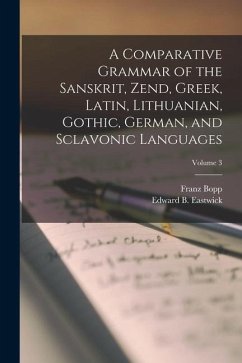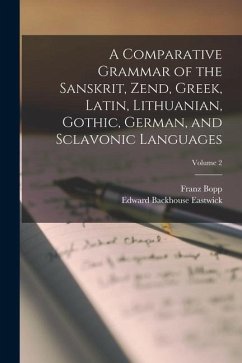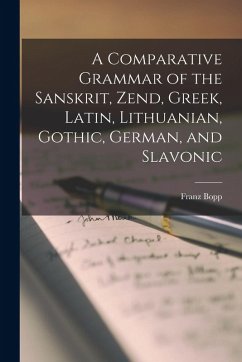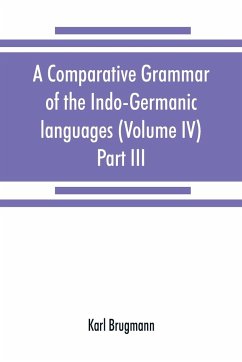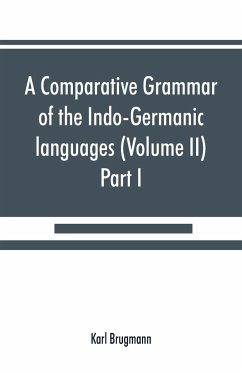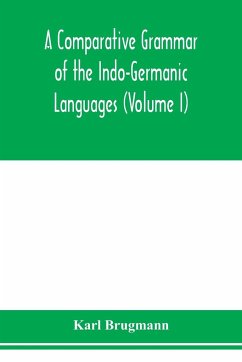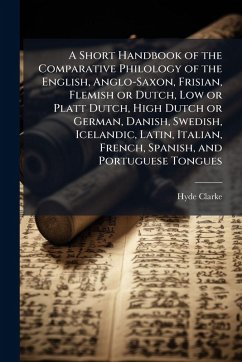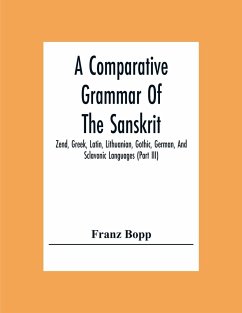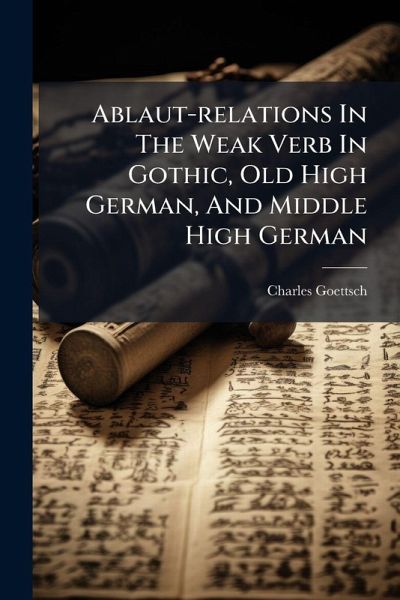
Ablaut-relations In The Weak Verb In Gothic, Old High German, And Middle High German

PAYBACK Punkte
8 °P sammeln!
"Ablaut-relations In The Weak Verb In Gothic, Old High German, And Middle High German" explores the phenomenon of ablaut (vowel gradation) within the weak verb conjugations of three significant Germanic languages. This study by Charles Goettsch offers a detailed analysis of how vowel changes function in the formation of verb tenses and moods across Gothic, Old High German, and Middle High German. The book delves into the intricacies of Germanic historical linguistics, providing insights into the evolution and relationships between these languages. It is an invaluable resource for students and ...
"Ablaut-relations In The Weak Verb In Gothic, Old High German, And Middle High German" explores the phenomenon of ablaut (vowel gradation) within the weak verb conjugations of three significant Germanic languages. This study by Charles Goettsch offers a detailed analysis of how vowel changes function in the formation of verb tenses and moods across Gothic, Old High German, and Middle High German. The book delves into the intricacies of Germanic historical linguistics, providing insights into the evolution and relationships between these languages. It is an invaluable resource for students and scholars interested in Germanic philology, comparative linguistics, and the historical development of the German language. This work contributes to a deeper understanding of the structural changes that shaped the Germanic linguistic landscape. This work has been selected by scholars as being culturally important, and is part of the knowledge base of civilization as we know it. This work was reproduced from the original artifact, and remains as true to the original work as possible. Therefore, you will see the original copyright references, library stamps (as most of these works have been housed in our most important libraries around the world), and other notations in the work. This work is in the public domain in the United States of America, and possibly other nations. Within the United States, you may freely copy and distribute this work, as no entity (individual or corporate) has a copyright on the body of the work. As a reproduction of a historical artifact, this work may contain missing or blurred pages, poor pictures, errant marks, etc. Scholars believe, and we concur, that this work is important enough to be preserved, reproduced, and made generally available to the public. We appreciate your support of the preservation process, and thank you for being an important part of keeping this knowledge alive and relevant.



